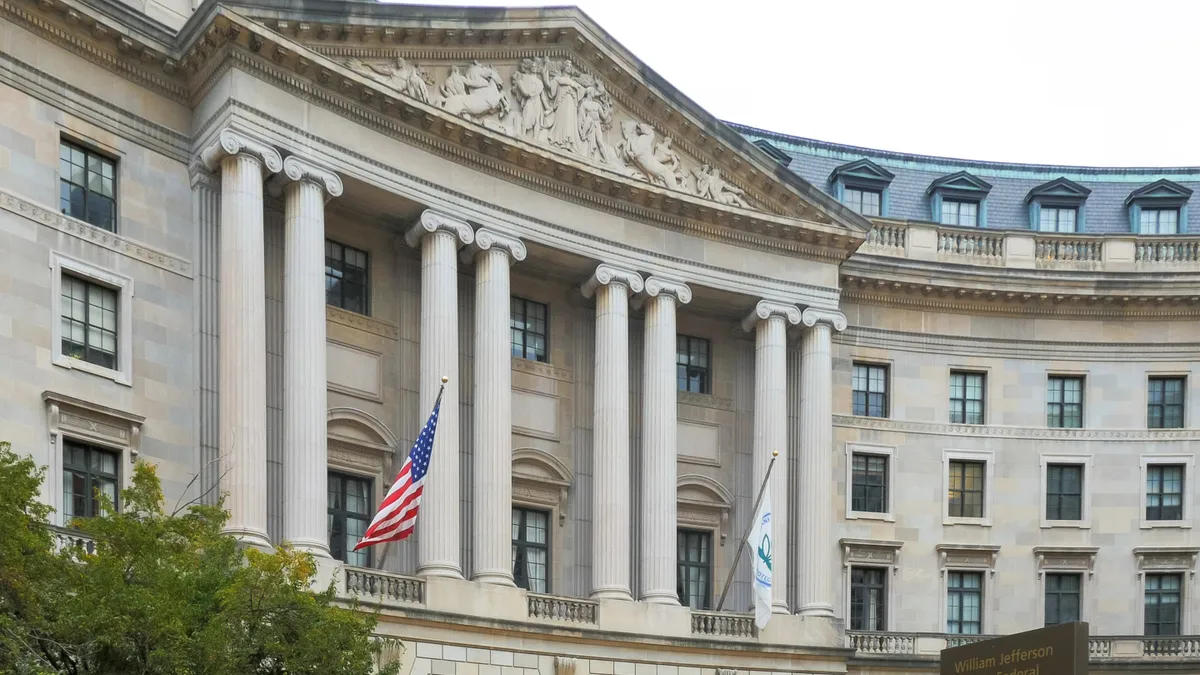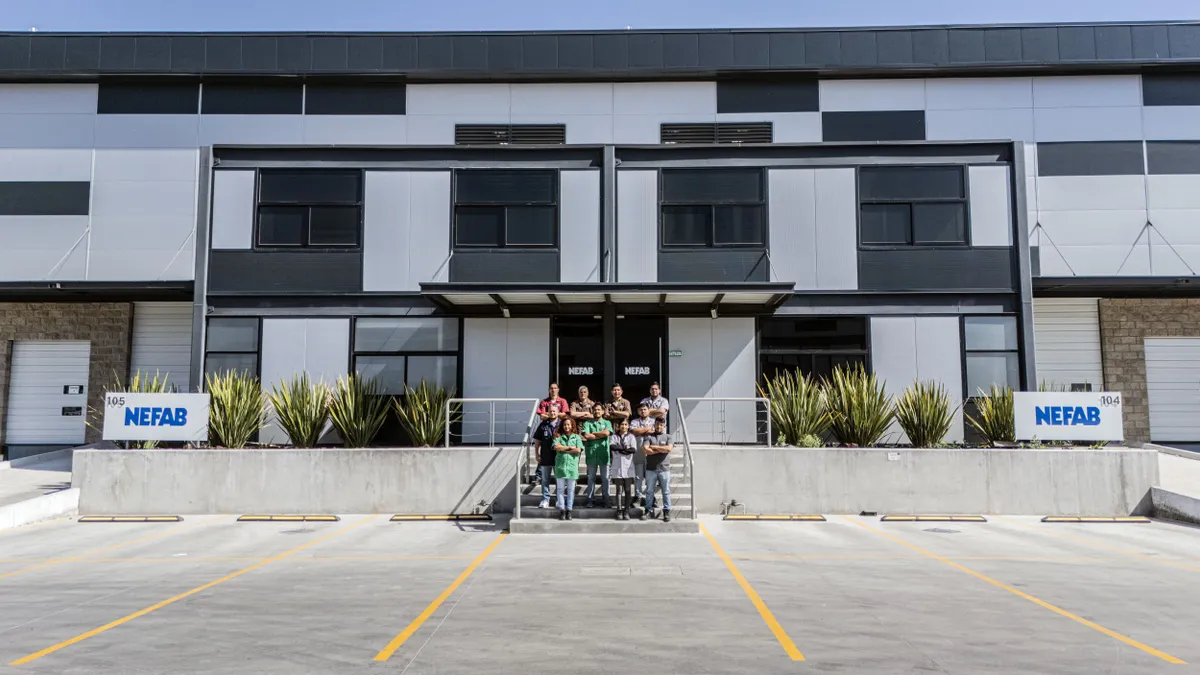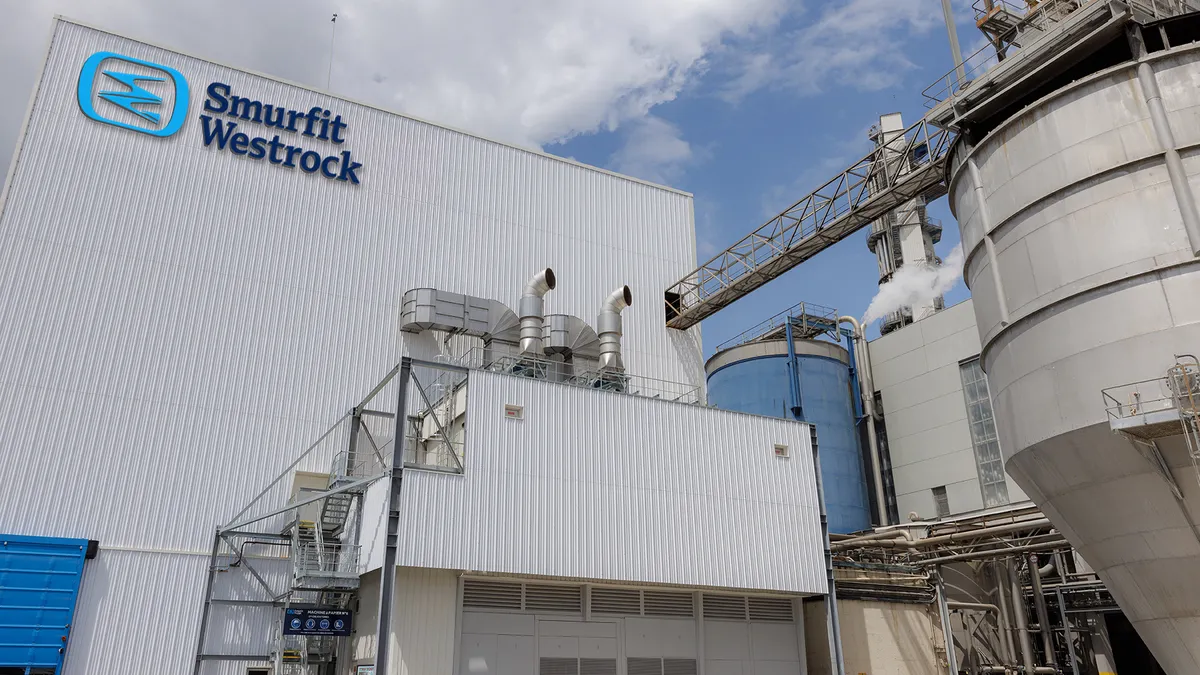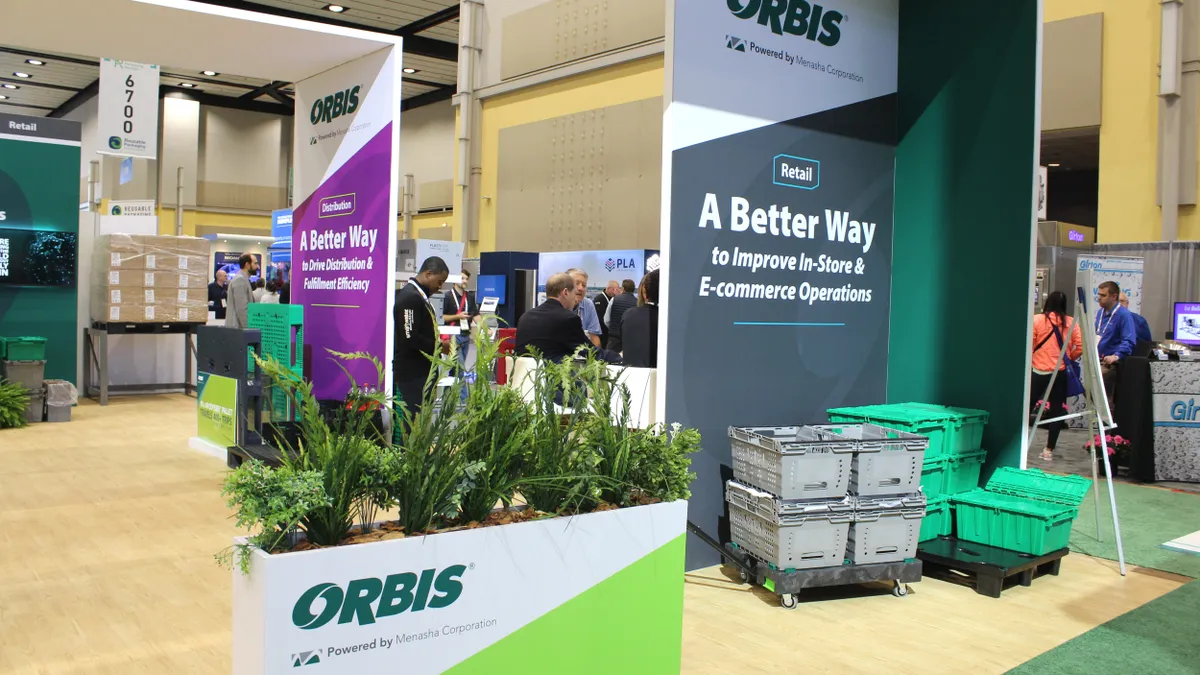Newly finalized U.S. EPA rules that lower annual limits for the smallest type of particulate matter, PM 2.5, have some in the packaging industry worried that the stricter standard could limit the development of new facilities and upgrades.
Last month, the agency finalized plans to decrease the annual limit from 12 micrograms per cubic meter to nine as of May 6. That’s higher than what the agency’s Science Advisory Board had suggested, but still constitutes a major decrease in the allowable limit and will likely push some areas out of attainment. More than 100 counties could become noncompliant, according to EPA data.
Eight business groups and 24 states recently filed an appeal to quash this new limit, which the EPA set under its Clean Air Act authority to regulate particulate matter, one of six pollutants included in the National Ambient Air Quality Standards program.
In their petition asking the U.S. Court of Appeals for the D.C. Circuit to review the rule, the states said it “exceeds the agency’s statutory authority.” A separate petition was filed by the U.S. Chamber of Commerce, American Chemistry Council, American Forest & Paper Association, National Association of Manufacturers and others.
Since then, Senate Minority Leader Mitch McConnell (R-Ky.) and a number of other Republican senators also introduced a Congressional Review Act resolution in an effort to prevent EPA from enacting the new rule.
EPA’s rationale
The agency said it based the decision on a large body of recent research that suggested the existing standard fell short of protecting human health. A 2019 study estimates that PM 2.5 caused more than 100,000 premature deaths in the US in 2011 — more than deaths from motor vehicle crashes and homicides combined that year — at an $886 billion cost to society.
PM 2.5 is emitted from a wide range of sources, including vehicle exhaust, factory emissions and wildfires. A 2020 study found that fossil fuel combustion accounts for nearly half of PM 2.5-related deaths, with the remainder attributable to the burning of nonfossil fuels, agricultural processes and other noncombustion processes. Researchers also found that secondary PM 2.5 sources from unregulated sources, such as ammonia, are a growing problem. Ammonia is used in the production of various chemicals, including plastics.
At less than 2.5 microns in diameter — a fraction of the size of a human hair — PM 2.5 can penetrate deep into the lungs, where it can then pass into the bloodstream, causing inflammation and other problems. Long-term exposure to PM 2.5 is associated with a number of severe health risks, including heart attacks, kidney disease, strokes, dementia and hypertension.
In announcing the final rule, EPA estimated the decrease in fine particulates would prevent up to 4,500 premature deaths and 290,000 lost workdays.
“This final air quality standard will save lives and make all people healthier, especially within America’s most vulnerable and overburdened communities,” said EPA Administrator Michael Regan in a statement.
Companies from a wide range of industries — including packaging — oppose the new rule, and say that the limits are excessive and unnecessary.
In an October 2023 letter to EPA signed by 72 companies and industry groups, including ACC, AF&PA, the Glass Packaging Institute, Vinyl Institute and Flexible Packaging Association, the signatories warned that the then-proposed limits could put about 40% of U.S. population areas out of attainment, largely because existing background levels in those areas are already high enough to match the new limits.
“Doing so would risk jobs and livelihoods by making it even more difficult to obtain permits for new factories, facilities and infrastructure to power economic growth,” the groups wrote.
They pointed to a report commissioned by NAM and conducted by Oxford Economics that estimated the proposed standard would curb U.S. GDP by at least $162 billion — $87 billion directly from manufacturing and the rest indirectly from supply chain spending — and place 852,000 or more jobs at risk through 2031.
By law, the EPA cannot consider the cost of air pollution regulations when setting them, but it does conduct a cost-benefit analysis to inform the public. According to that analysis, the cost of controls to meet the updated PM 2.5 standard could amount to $590 million in 2032, while the reduced pollution could yield as much as $46 billion in public health benefits in 2032.
Another bone of contention for industry groups is that non-industrial sources — such as wildfires, which are increasing in frequency and intensity in many areas due to climate change — constitute a significant source of PM 2.5 emissions but have not been adequately considered.
In an analysis of PM 2.5 emission trends since 1990, part of its 2022 assessment of why a new standard may be needed, EPA did not include wildfire smoke but said that “in all likelihood, emissions from dust and fires have increased over this time.”
The new limit goes into effect May 6. States will have until Feb. 7, 2025 to determine which areas do not meet the new standard. EPA then has until Feb. 7, 2026, to approve or modify those designations, after which states will need to craft plans to meet the limit.

Meeting the challenge
Daniel Cohan, an associate professor of environmental engineering at Rice University, who has studied air pollution in Texas and Georgia, says wildfires could complicate some states' efforts to try to comply with the new standards, particularly in areas where PM pollution is already near the limit.
“[T]his is a concern, especially as wildfires add to levels of PM that are beyond a state’s control,” he said. “Since standards are health-based, not cost-based or practicality-based, that can mean that standards can be set at levels that are difficult to achieve.”
Skirting so close to the new limit could present a major problem for permitting, industry representatives said.
Brendan Mascarenhas, ACC’s senior director of regulatory and scientific affairs, said in an email that the more stringent standard “will almost certainly lead to additional delay, uncertainty, and disapprovals of air permits across several regions, even in areas where the NAAQS are not violated, which could result in significant hindrances to economic growth and expansion in domestic manufacturing.”
In areas where the new standard matches existing background levels, throwing those areas into nonattainment status, any new facilities or projects could face difficulty in securing permits, he said. ACC’s members have identified several types of projects that could be affected, he added, including modifications to improve environmental performance such as retrofits to combustion equipment like furnaces, boilers and turbines.
ACC members “are currently reviewing the final rule to evaluate the best ways to contribute to improving overall air quality in the areas where we operate,” the group said. ACC also recently updated its sustainability requirements, mandatory for its members, to include particulate matter.
Critics within the pulp and paper industry share similar concerns. In written congressional testimony submitted last month on proposed changes to the NAAQS program, including allowing EPA to consider the attainability of a new standard when setting it, AF&PA’s vice president for public policy, Paul Noe, warned that “permit challenges are widespread.”
About 88% of pulp and paper mills are in areas where emissions are just below the new PM 2.5 standard, according to AF&PA. With such little headroom, Noe said, companies may be reluctant to pursue improvement projects such as replacing aging pulp mill boilers with modern, more efficient ones because they might cause the facility to exceed the limit. This could then trigger the need for a “prevention of significant deterioration” permit review.
“The ultimate reality is that energy efficiency and modernization projects that could reduce actual emissions, including greenhouse gases, are thwarted by how PSD is implemented, and this will be amplified given the much lower standard,” wrote Noe.
Some in the packaging industry say that since the new standard was just issued last month it’s too early to speculate in any detail on whether new technologies or methods will be needed to comply, while others said they are beginning to explore their options.
Scott DeFife, president of GPI, said that one way the glass manufacturing industry could cut PM 2.5 emissions is to increase the amount of recycled glass in the batch mix.
“The recycled glass melts at lower temperatures than raw materials alone,” he said. “As the recycled glass mix in the batch increases, the temperature on the furnace can be reduced, which lowers overall energy use and the emissions associated with the production process.”
Some glass plants currently use catalytic ceramic filters to capture PM 2.5, said DeFife, but companies won’t know whether additional control measures will be necessary until states complete their attainment designations.
“Future required technology and equipment to comply will largely depend on where the plant is located, and if it is in a TBD designated ‘nonattainment area,’” he said.
Out of the 3,000 U.S. counties, 15 currently fail to meet the existing PM 2.5 standards — with most in California and Pennsylvania. Under the new standard, EPA estimates that 119 counties would not meet the new limit. Some of the most affected states would be California, Georgia, Illinois, Pennsylvania and Texas.
In Georgia, where six counties are at risk of nonattainment, officials said the new standard could have an effect on the state’s paper and pulp industry. This could affect permit approval for certain “depending on the location of the facility,” said DeAnna Oser, assistant branch chief for the state Environmental Protection Division’s Air Protection Branch, in an email.
That said, “the facility may be able to expand or modify their process without causing a potential impact of the NAAQS in their area.” If the project is likely to have a low impact on emissions, an analysis may not be needed.
“In turn, this could lead to mills doing smaller projects than they may have originally intended, dividing the improvements into phases and spreading them over many years, or the facility taking emissions limits on the projects,” she said. If a particular facility was found to significantly contribute to elevated levels, Oser said, “we would work with the facility to address the PM 2.5 emissions.”




















